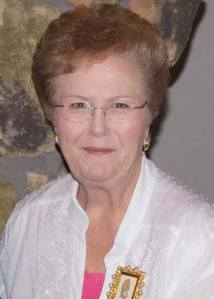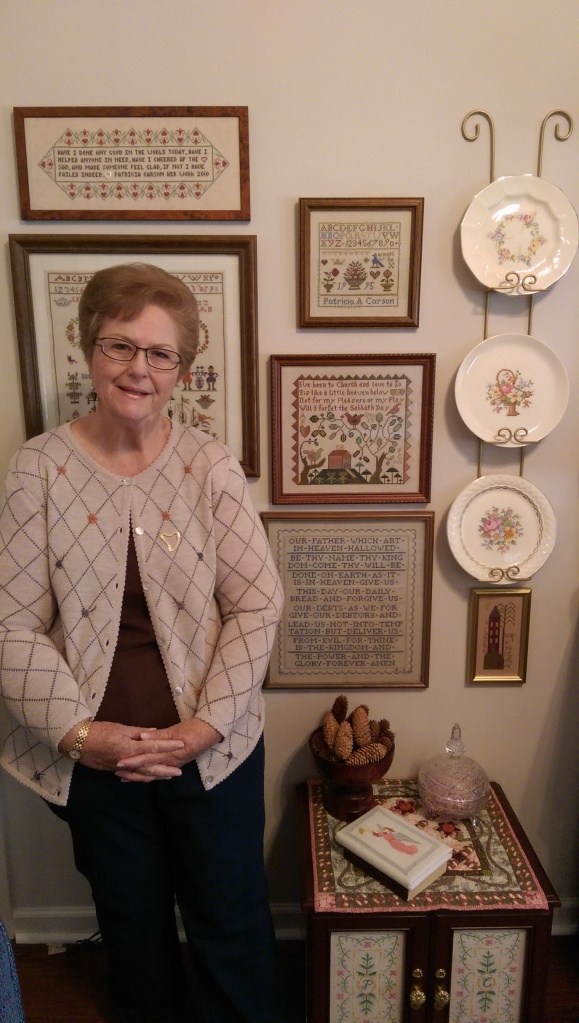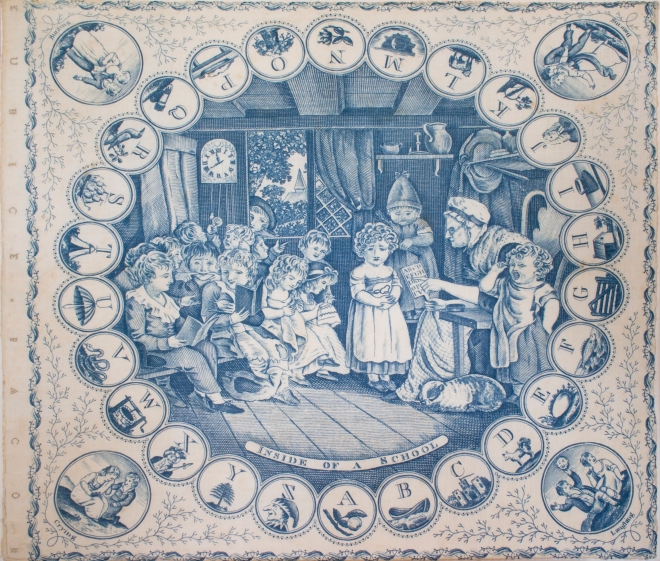By Sue Fenwick
When you think of the people at the top of the cross-stitch pyramid of success, you think of Ginnie Thompson, who brought the revival of cross stitch to America; Betty Ring, the great sampler aficionado and collector; and Pat Carson and Gloria Steele, whose Precious Moments charts ignited the cross-stitch craze in the 1970s and ’80s.
Pat Carson is truly one of the few remaining people who rode the tide of success when cross stitch was in its heyday. Pat is also a lovely and gracious lady with a generous and kind heart. Her cross-stitch journey has been lucrative, and her business, Designs by Gloria and Pat Inc., is still in operation after more than 41 years.
Pat learned embroidery as a girl, stitching stamped pillowcases.
“Every summer, we girls were given a hoop and a stamped pillowcase and a needle and thread,” she said. “I hated it.”
She was introduced to cross stitch when she was a military wife with two little girls and a son. To meet people in her new community, Pat joined a club and embarked on a journey that would change her life.
Pat met Gloria Steele at the Newcomer’s Club in Sumter, South Carolina. Gloria owned The Cross Stitch Cottage, a small embroidery shop, where she taught needlepoint and Japanese Bunka embroidery. At the time, Pat was doing macramé and making Dip and Drape dolls.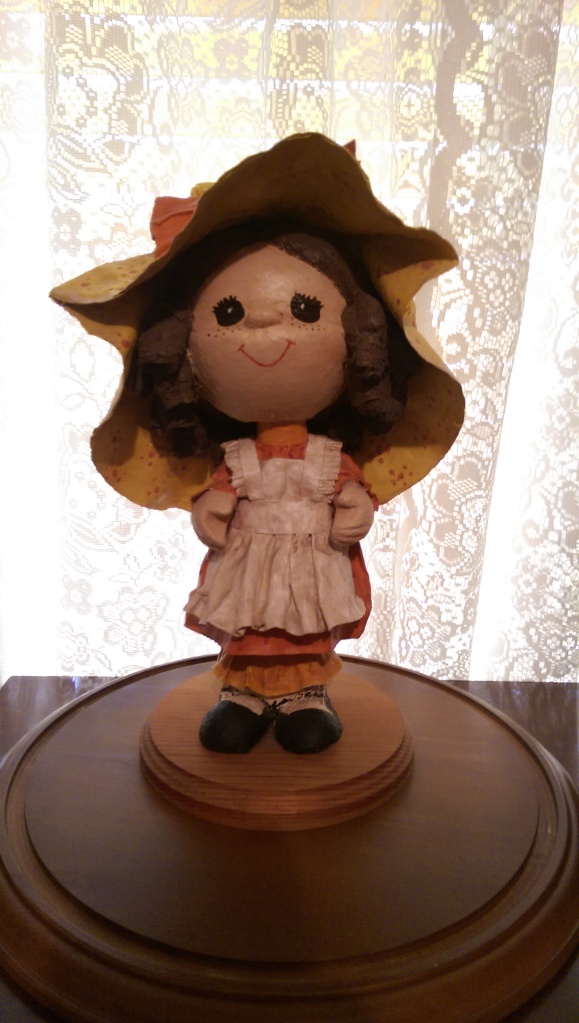
Her new friend told her: “Pat, I’ve got a little room in the back. Why don’t you come and do some arts and crafts classes? We don’t have anything in Sumter like that.”
Pat started teaching in the back room of Gloria’s shop, and about three months later, somebody came into the shop with little cross-stitch ornaments. Pat was immediately drawn to the ornaments. She remembered the stamped pillowcases from her childhood.
“There was nothing printed on the fabric,” she said. “With this cross stitch, you were the artist. If you could follow the chart, you could do it. I thought, ‘Now that’s for me!’ ”
The ornaments came from The Hammock Shop in Pawleys Island, South Carolina.
“We got in the car the very next day and drove to Pawley’s Island and met Ginnie Thompson, the most gracious woman in the world,” she said. “We sat down in The Hammock Shop, on the side porch on a small settee, and she taught us her famous 10-second course in a hoop. She said, ‘One, two, three, four, cross them back, one, two, three, four. Now you know how to cross stitch, and that is all there is to it!’ ”
Ginnie decided she needed to do some research to find out where cross stitch came from and how it began. She found out it started in Copenhagen, Denmark. There was a school called Danish Handcraft Guild for Foreigners.
“Ginnie went to Denmark and took classes, and then she invited me and a few others,” Pat said. “We went for 15 years, and we learned all the techniques from cross stitch to pulled thread to drawn thread and so many of the techniques that I used later in teaching. For many years, I studied at the Danish Handcraft Guild. I have now taught in 10 different countries.”
Even the queen of Denmark did cross stitch. Pat remembers that she would visit the class from time to time.
“You presented your work to her as she came in after you curtsied,” she said. “You presented the back of your work, because your backs were always supposed to be as neat as your fronts. She would look at it and smile, and if she didn’t say anything, it meant maybe you should improve a little bit. Or she might say, ‘That was very nice,’ which meant it was acceptable.”
For Pat, it was a joy to be able to go with Ginnie and Ken Thompson on those trips.
In 1973, they started Gloria and Pat Originals. They incorporated in 1975 and changed the name to Designs by Gloria and Pat Inc.
In 1974, Dorothy Downey invited them to the Southeastern Yarncrafters show in Charlotte, North Carolina.
“We went and were shocked at how well we did,” Pat said. “We were very grateful to Dorothy Downey.”
Gloria and Pat joined the National Needlework Association. Pat was on the board for a year. They traveled to six or seven trade shows a year.
“When we were on the road, we would try to go to church if we could,” Pat said. “I decided to stay and take care of the show one morning, and Gloria, who was Catholic, went to St. Patrick’s. On the table at St. Patrick’s were two little cards with these children’s designs on them. They were Precious Moments cards.
“Gloria brought them back to the booth and said, ‘Pat, these are so precious!’ There was no name, no anything on them, and we had no idea they were called ‘Precious Moments,’ but they were the Precious Moments cards that Mr. Samuel J. Butcher had created for a line of Christian booksellers.
“We took them home with us. Gloria was having her bedroom redecorated, and the interior designer noticed them and said, ‘Where did you get those? We just got something in the mail that they are going to be producing Precious Moments figurines.’ That was how we found out what they were called.”
Pat called Grand Rapids, Michigan, and talked to Samuel Butcher, who invited them to Michigan. They charted those two little designs, then showed them to him. He leaned over the table and asked, “How did you do that?”
They signed the contract that next day. They were the first licensees to sign a contract with the company. Pat recently received an award at the Precious Moments Family Reunion in Carthage, Missouri, honoring her 35 years with the company.
Pat used to store her books in a 29,000-square-foot warehouse. In those days, an 18-wheeler from Wal-Mart backed up to the warehouse to take away 100,000 books at a time.
Hobby Lobby worked with Pat to design 15 exclusive titles. The first order was for 5,000 each.
“When I printed my first Precious Moments book, I thought, ‘I don’t know if it will sell,’ ” Pat said.
The women printed 25,000 copies, which were gone in two weeks. They printed 100,000 more, which also sold fast.
“We ended up printing 150,000 copies at a time,” Pat said. “Those were the glory days of cross stitch. But you have to remember that we were one of the first companies to print books, so people just bought it up. They were learning and excited, and they wanted something to stitch, so they bought everything that was cross stitch. So I was fortunate, because I was one of just a few. Everything that was printed, they wanted it.”
Gloria Steele died in 1984.
“Many people ask me why I kept her name,” Pat said. “She was my best friend, and I couldn’t have done it without her. I’ve kept her name all these years as a tribute to her.
“I believe God has a plan for all of us, and I met Gloria at a time when He knew I would need something I could do, and do well, to make enough money to raise my children and help others along the way. Cross stitch has taught me patience, how to teach, and how to accept others and their way of life. It has blessed me to help women in many other countries use this gift to earn money for their families, too.”
 For 41 years, Pat has been active in contributing to women’s shelters, orphanages and children’s hunger efforts in the United States and the Philippines.
For 41 years, Pat has been active in contributing to women’s shelters, orphanages and children’s hunger efforts in the United States and the Philippines.
At 70, she is slowing down. She has trouble with arthritis and finds traveling too difficult. Her days of traveling to the Philippines are probably over, but her work there will never be done, she said.
“Right now, I’m just trying to pay back for all the good I’ve had all my life,” she said.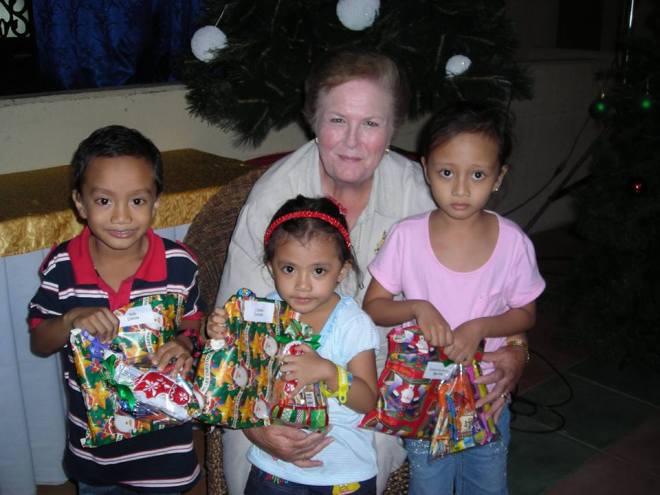
To find out more about her charities, visit her Facebook pages, “Pat Carson–Because YOU Count!” and “Precious Moments Collectors– Care, Share and Give,” and her website.
Pat keeps a pad of paper by her bed to write down the ideas she gets in the middle of the night. One night she wrote “Owl.”
“I had this idea to have a little kit that we could use to teach cross stitch,” she said. “It was very simple, and we gave it to whoever wanted to learn to stitch. We gave away 1.5 million owl kits in my lifetime.”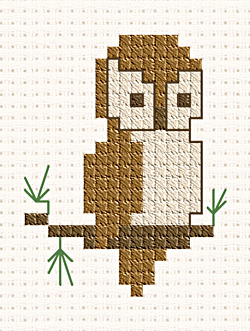
That little owl taught a lot of people to cross stitch. Pat and Gloria gave them to Girl Scouts and schools and made them available to retailers so they could teach everyone who wanted to learn how to cross stitch.
Pat has graciously provided us with that owl chart to give away. To download the chart, click here. (Be sure to download the file to your hard drive before attempting to print it out. You might not be able to simply open the PDF on your screen and print from there. Instead, please open it on your screen, then click the download button to load it on your hard drive. Once the PDF is on your hard drive, open your Adobe reader, find the file, click on it to open, then print it from there.)
Please feel free to share the owl chart, or better yet, in the giving spirit of Pat Carson and Gloria Steele, use it to teach someone to cross stitch.
Sue Fenwick is a freelance writer who lives in Springfield, Missouri. She writes every other Tuesday.


